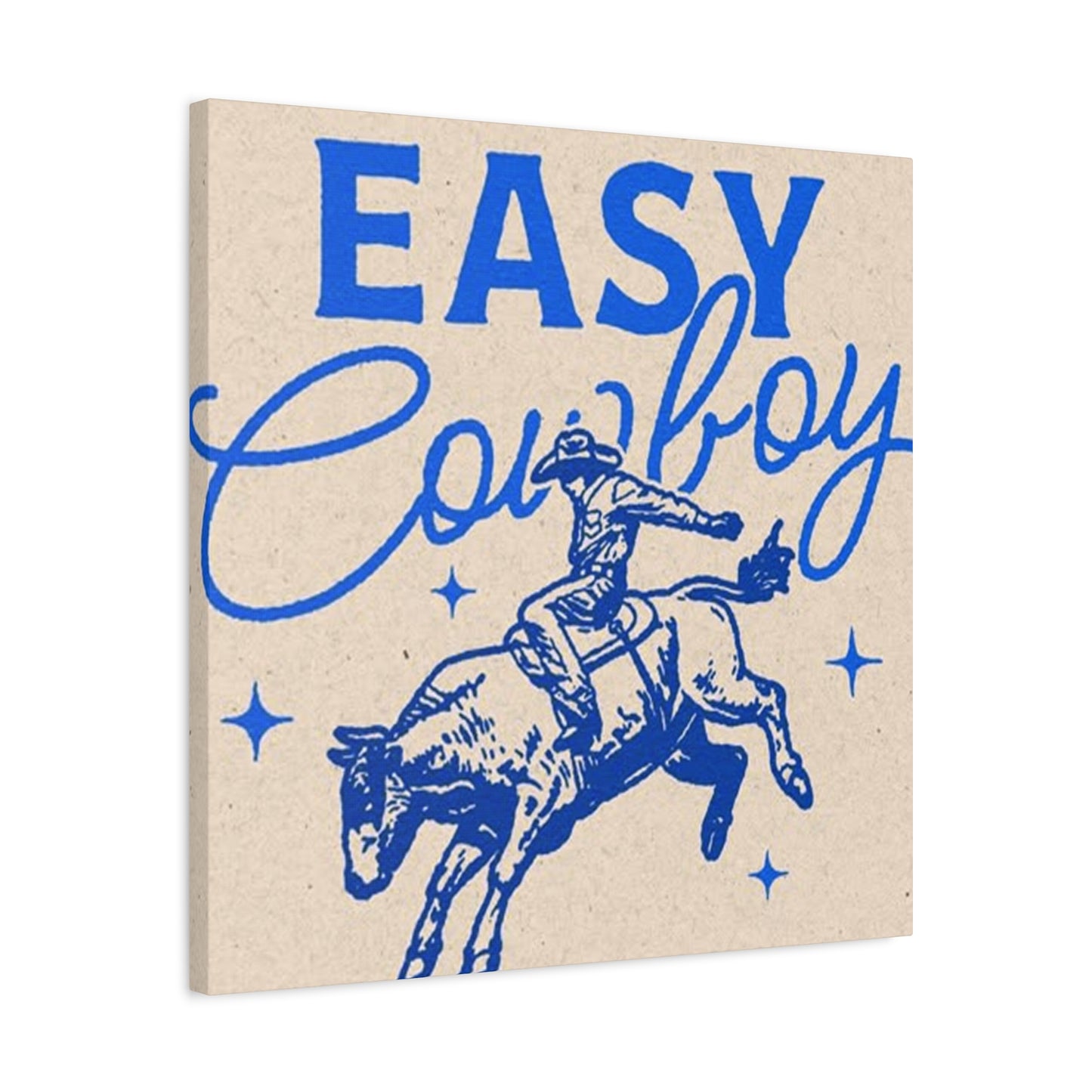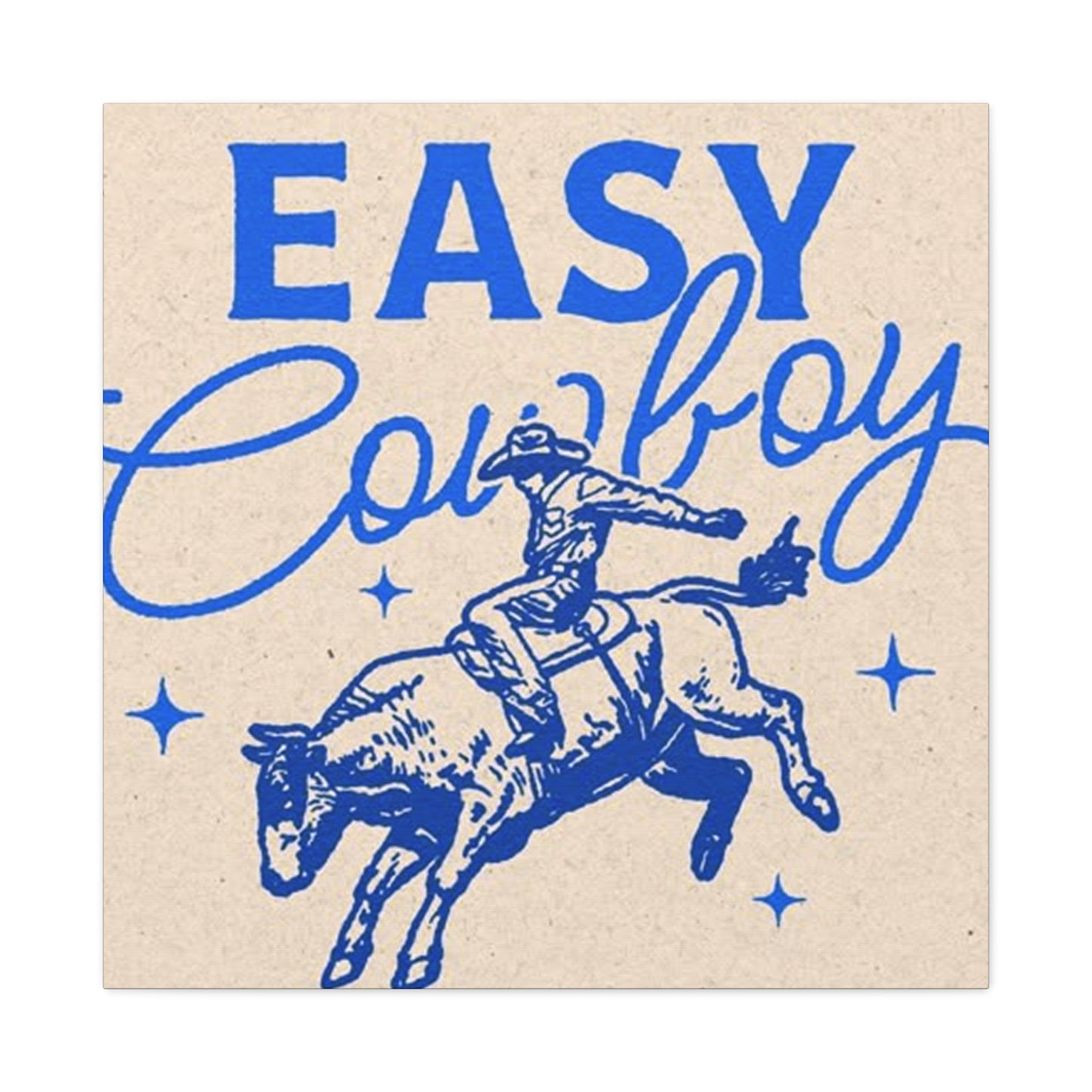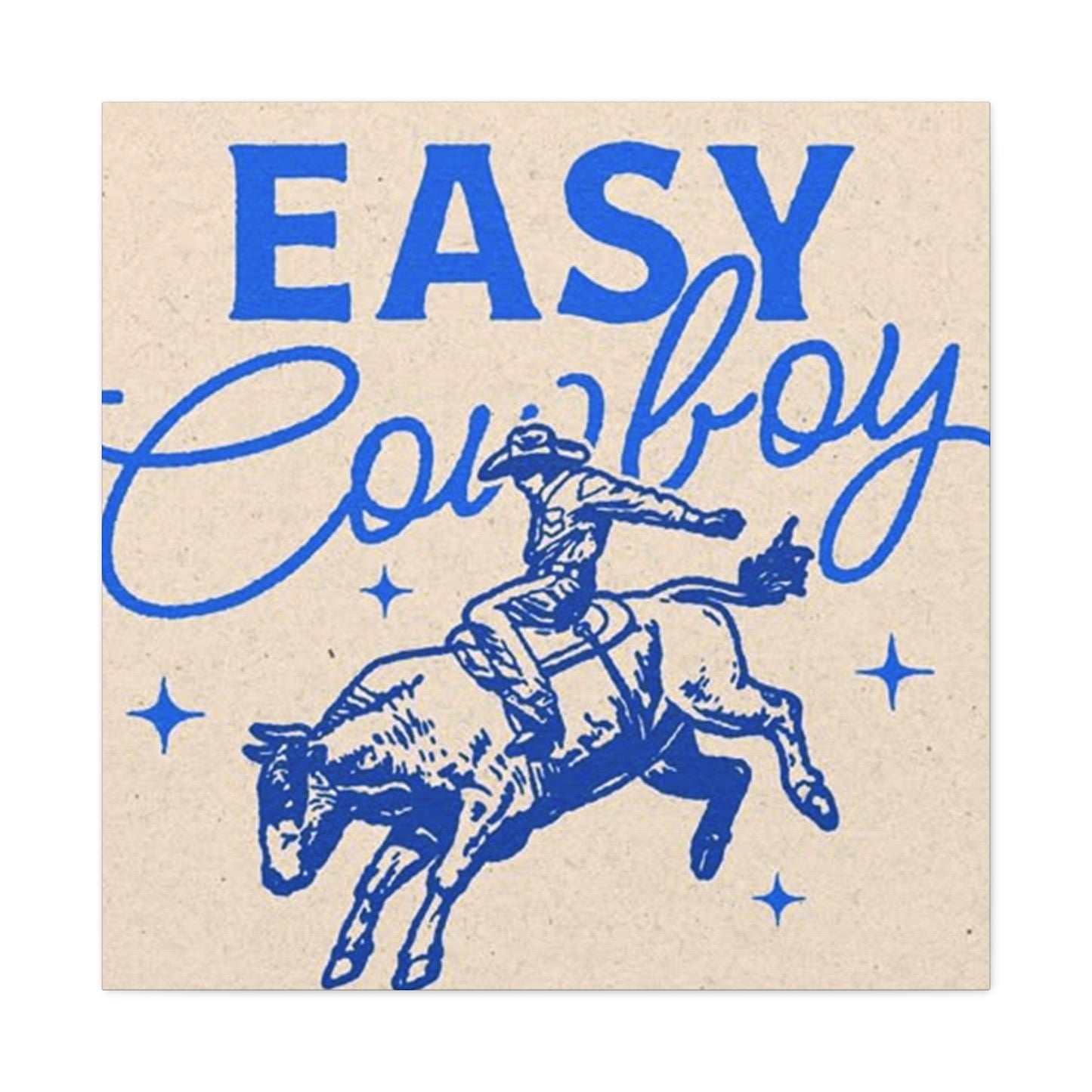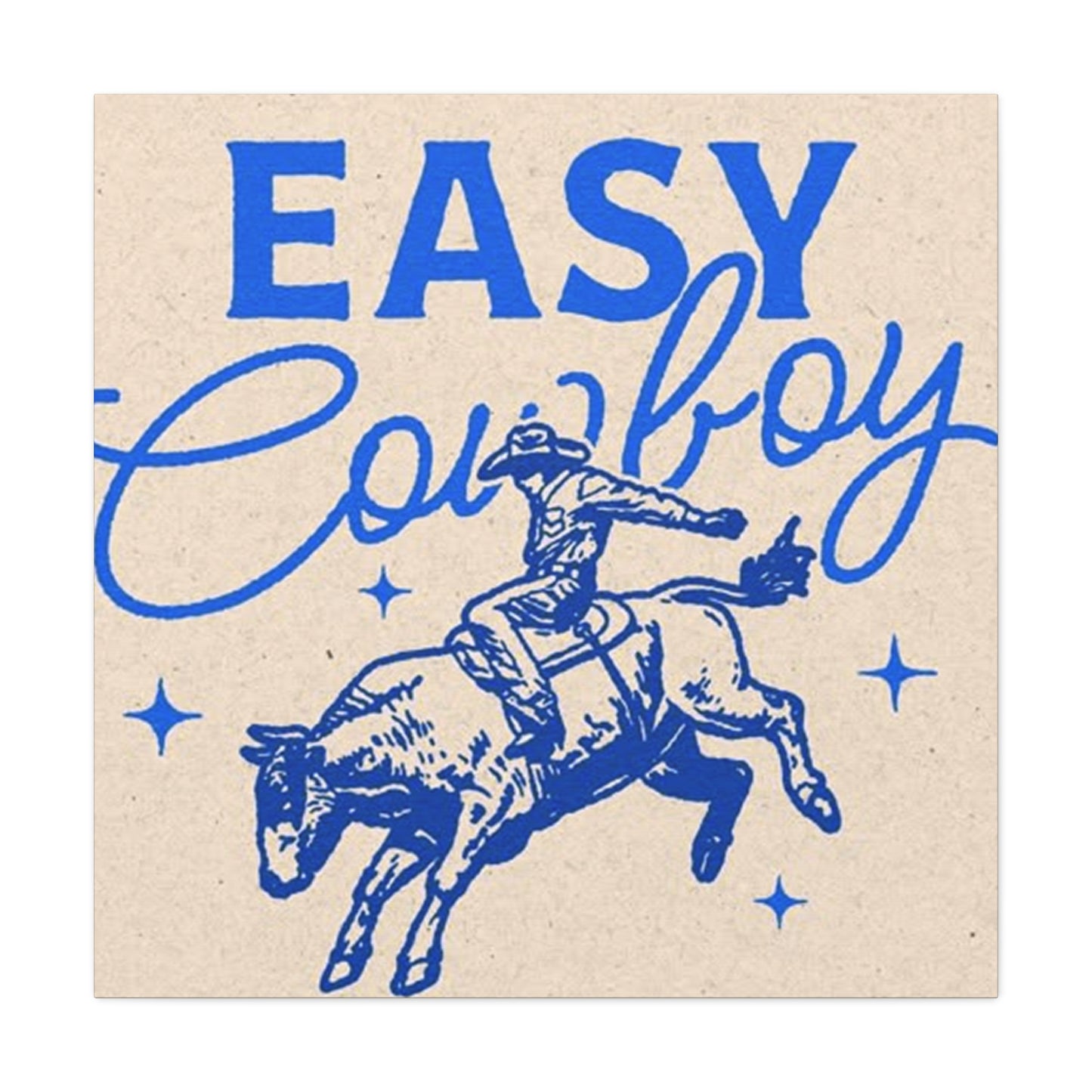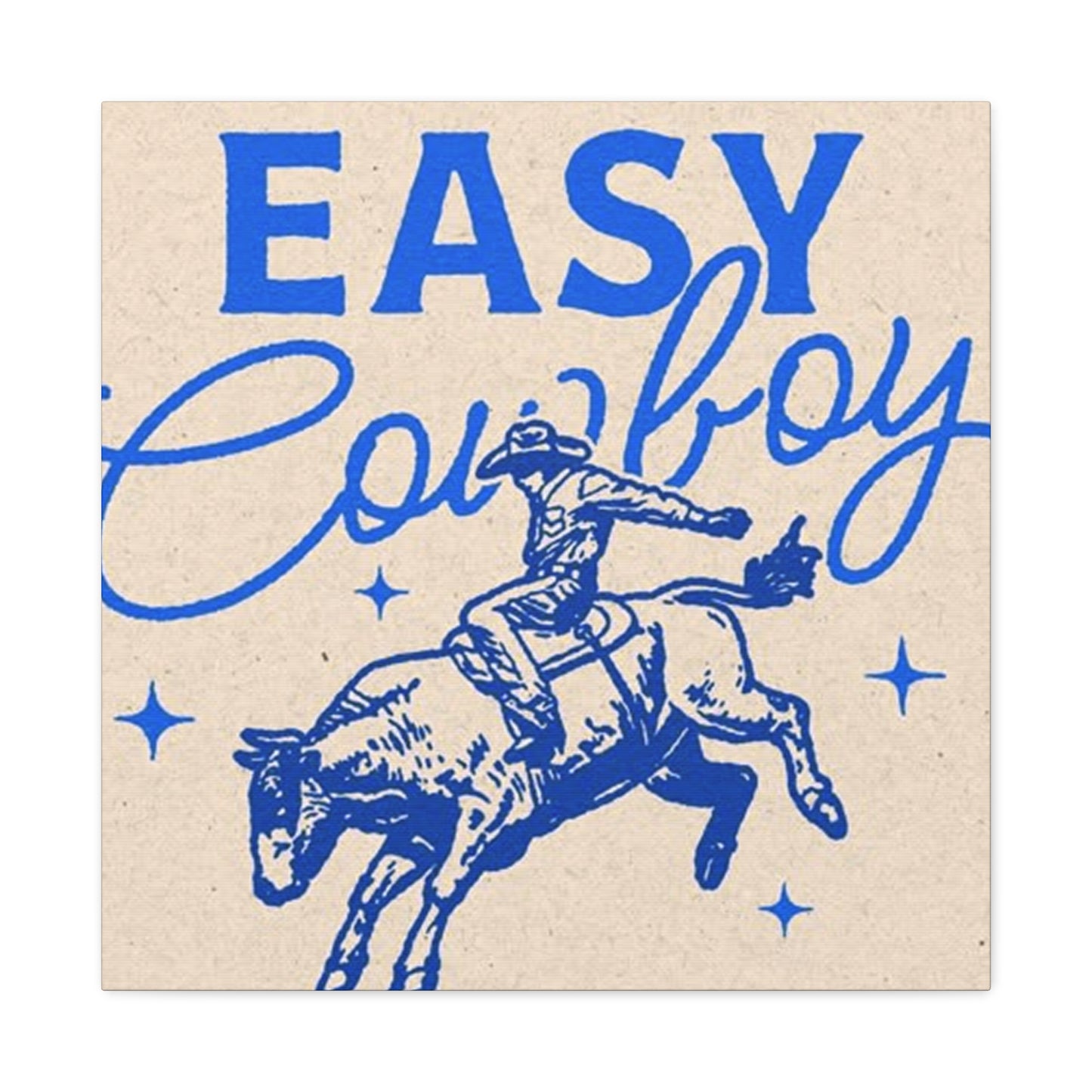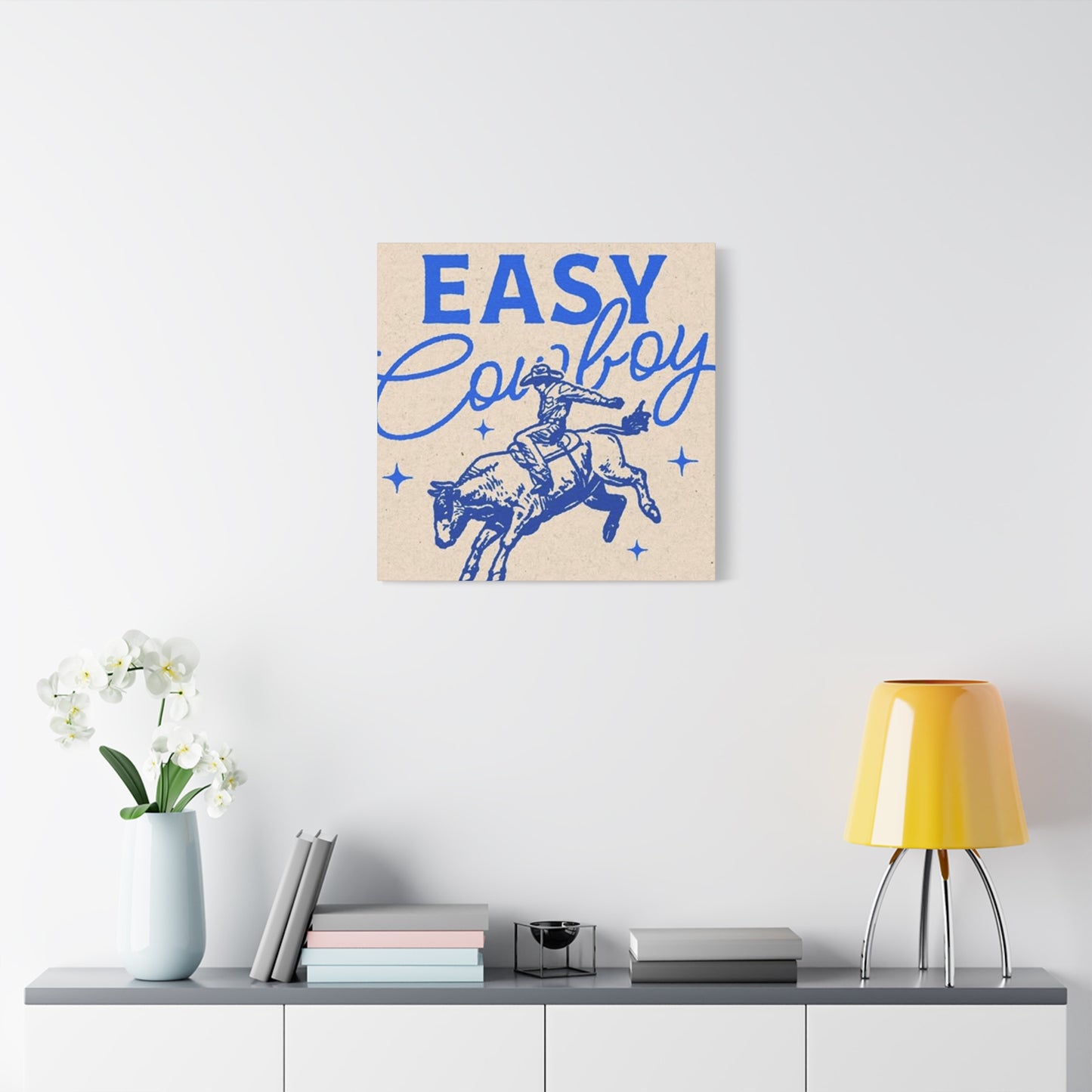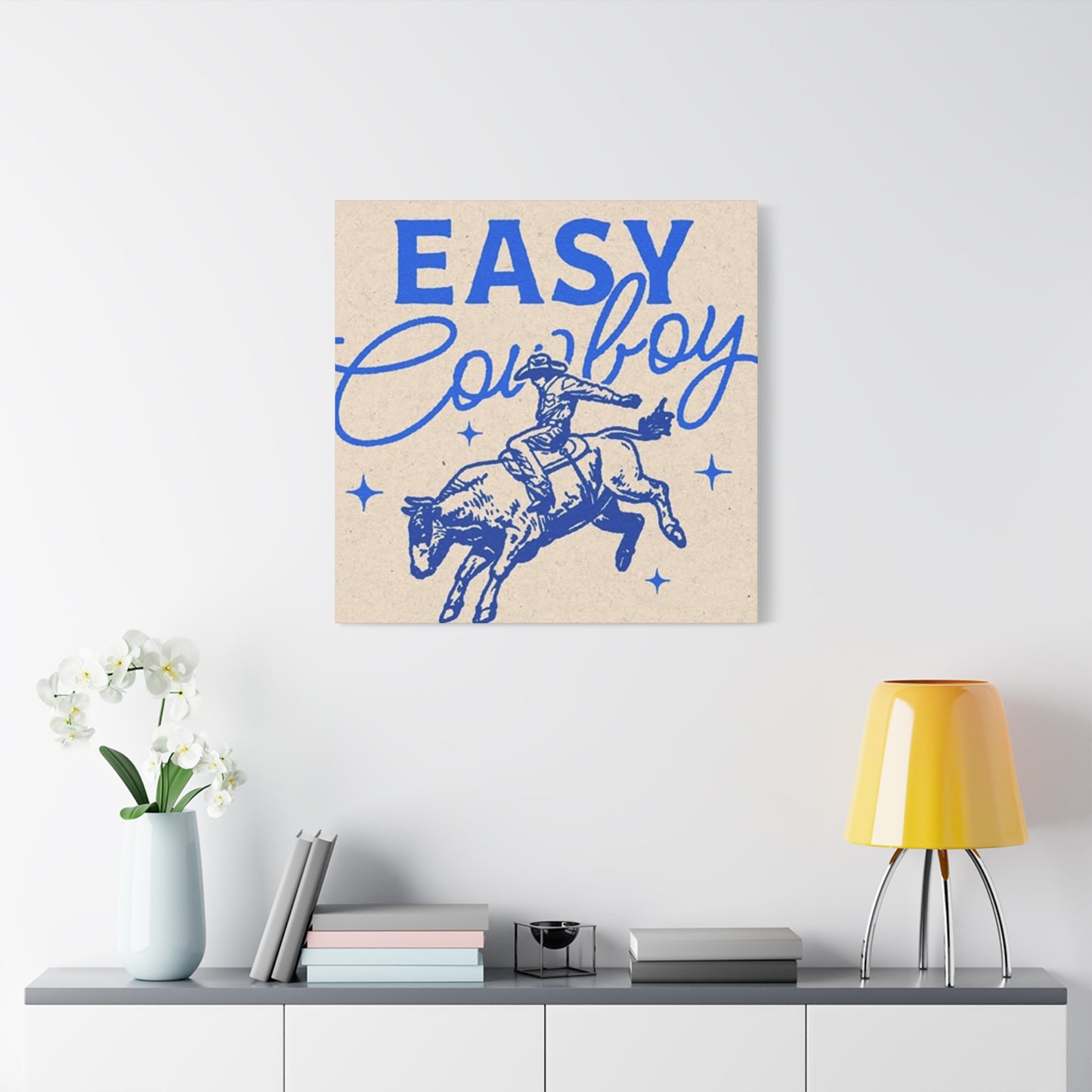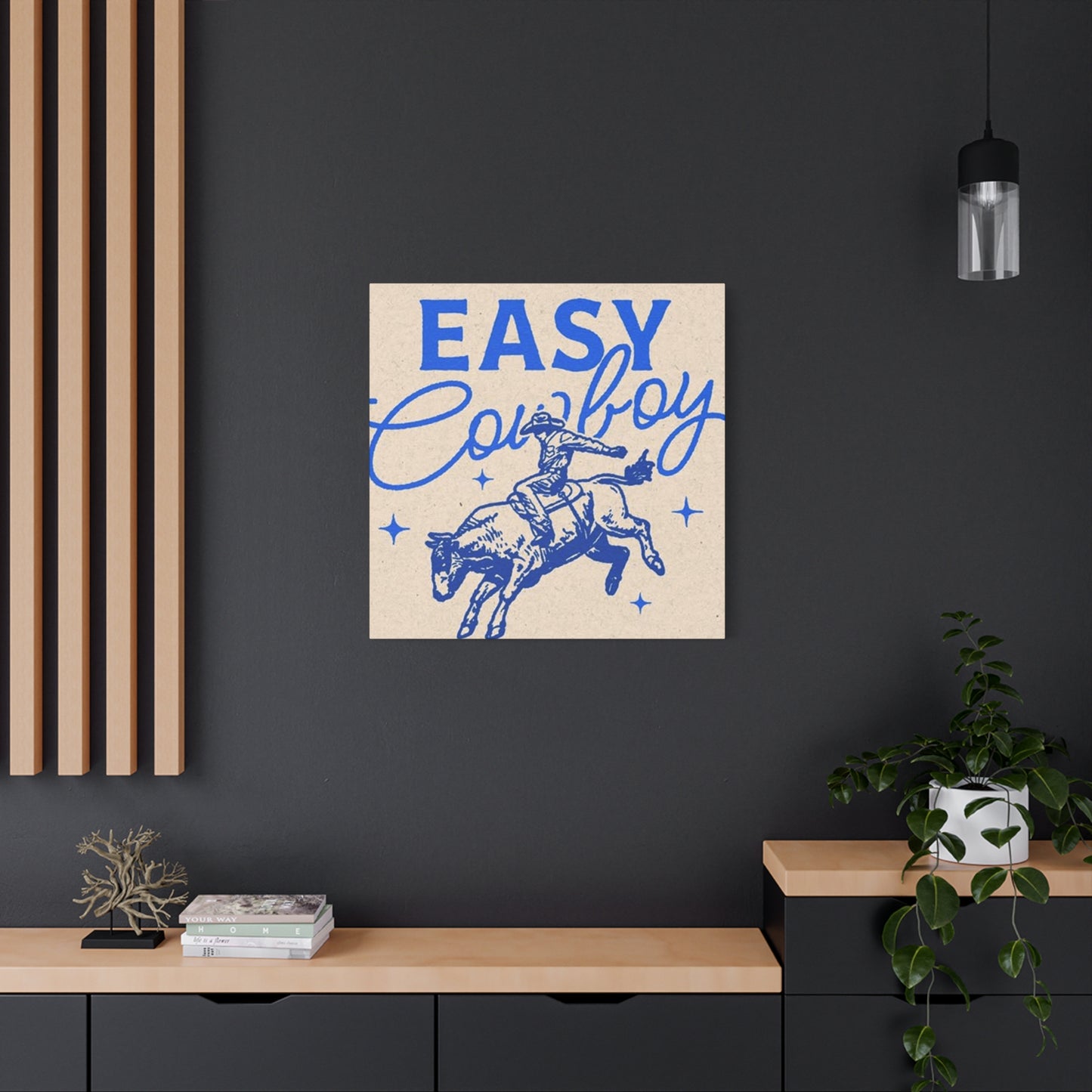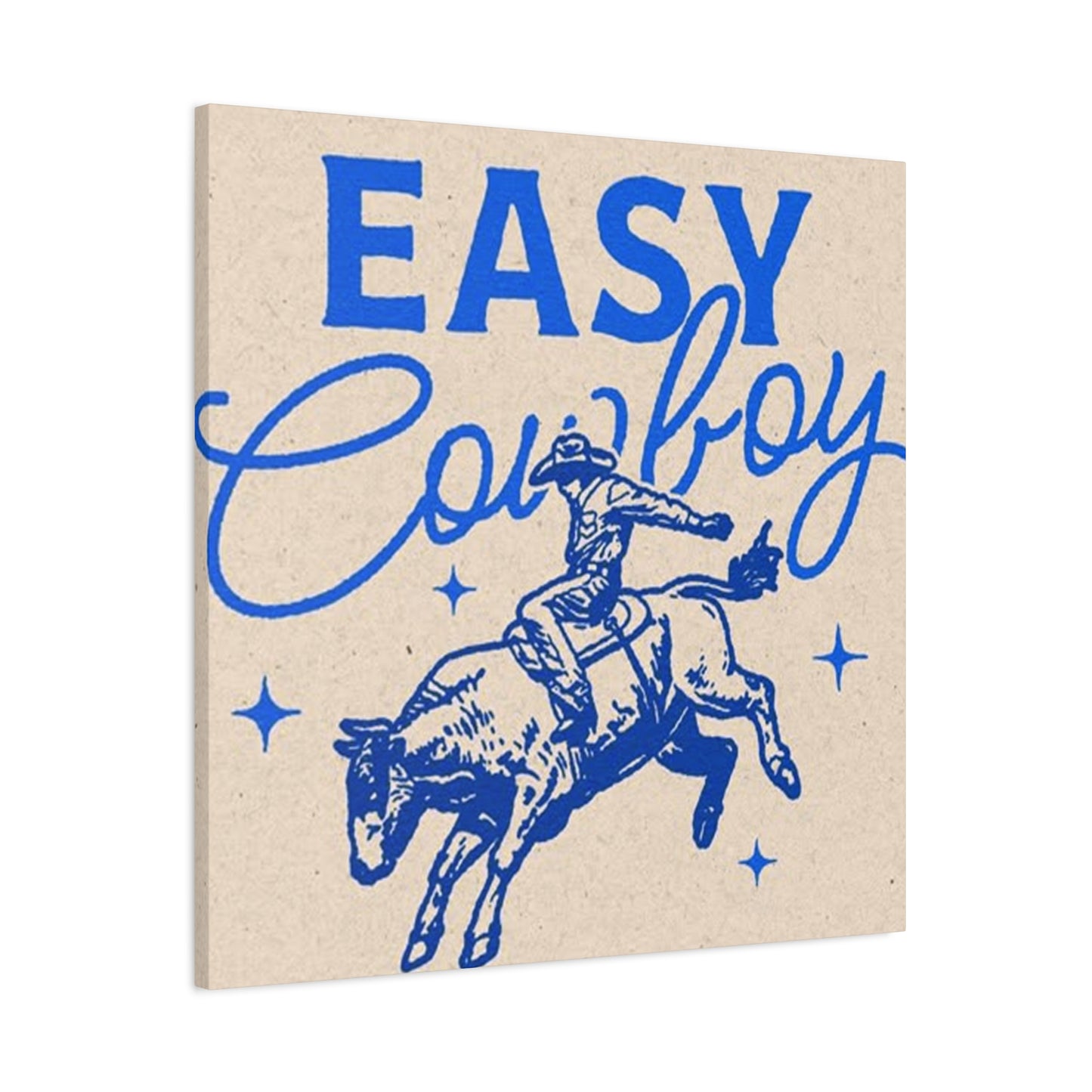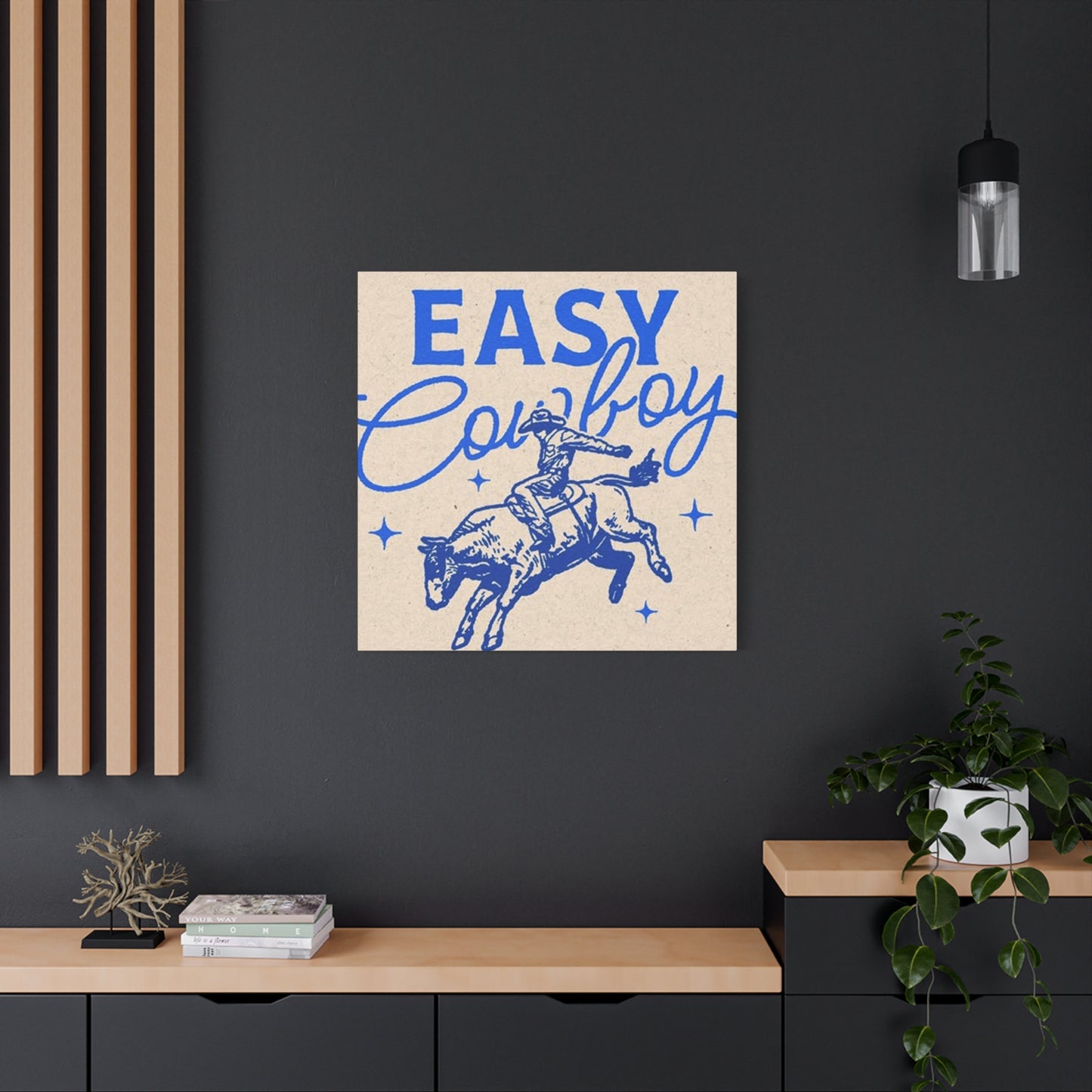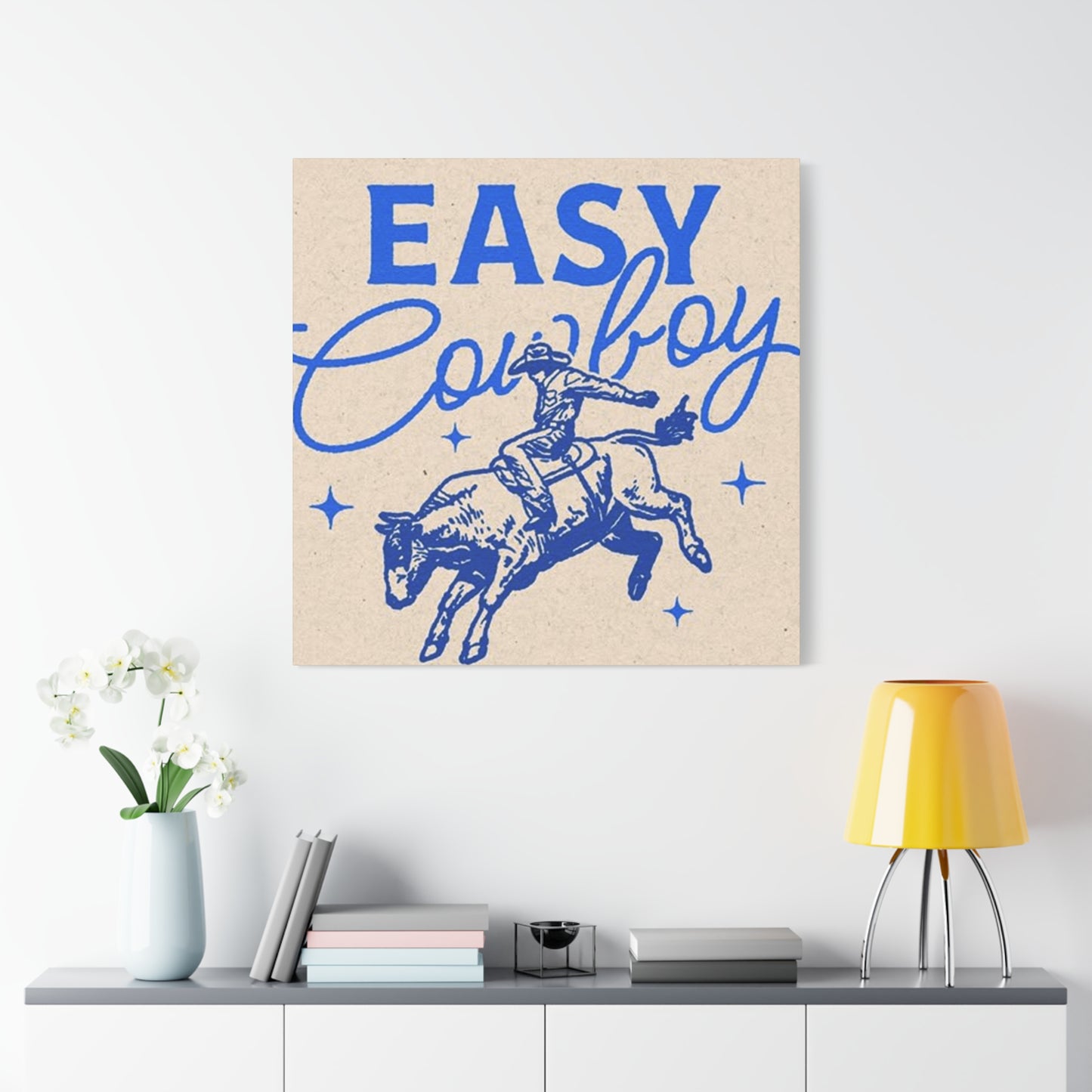Easy Cowboy Drawing Wall Art & Canvas Prints
Easy Cowboy Drawing Wall Art & Canvas Prints
Couldn't load pickup availability
Simple Western Rider Sketch Designs for Home Decoration: Easy Cowboy Drawing Wall Art Ideas and Creative Methods
The allure of western-themed artwork has captivated homeowners and interior designers for generations, bringing rugged charm and nostalgic appeal into living spaces. Creating easy cowboy drawing wall art represents an accessible entry point into personalized home decoration, allowing both novice artists and experienced creators to craft meaningful pieces that reflect the spirit of the American frontier. This comprehensive exploration delves into every aspect of developing western rider sketches, from initial concept through final display, providing detailed insights into materials, methods, and creative approaches that transform blank surfaces into captivating visual narratives.
Fundamental Approaches to Sketching Western Riders for Interior Decoration
Beginning the journey into western-themed artwork requires understanding the essential components that define authentic cowboy imagery. The silhouette of a rider atop a horse immediately evokes the frontier spirit, combining human determination with animal grace in a single compelling composition. When approaching easy cowboy drawing wall art, focusing on simplified forms proves more effective than attempting photorealistic detail, especially for those developing their artistic skills.
The basic structure begins with establishing proper proportions between horse and rider, ensuring the human figure appears appropriately scaled to the mount. Starting with geometric shapes provides a foundation—circles for the head and body joints, rectangles for the torso, and triangular forms suggesting the horse's powerful frame. These preliminary shapes guide the refinement process, allowing gradual transformation from abstract forms into recognizable western imagery.
Capturing movement distinguishes dynamic compositions from static representations. Even in simplified sketches, suggesting motion through curved lines, angled postures, and flowing elements like bandanas or lasso ropes creates visual interest. The tilt of a hat, the arch of a horse's neck, or the bend of an elbow all contribute to narrative quality, telling stories of ranch work, rodeo competition, or solitary range riding.
Successful western artwork also considers negative space—the areas surrounding the central figures. Strategic use of empty space prevents visual clutter while directing viewer attention toward focal points. This principle proves particularly valuable when creating easy cowboy drawing wall art intended for specific rooms, where the artwork must complement rather than overwhelm existing decor elements.
Essential Materials and Tools for Creating Western Themed Sketches
Selecting appropriate materials significantly impacts the final appearance and longevity of western artwork. For those beginning their artistic journey, starting with basic supplies prevents overwhelming complexity while still allowing quality results. Standard graphite pencils ranging from hard (H) to soft (B) grades provide versatility, with harder leads producing lighter lines suitable for initial sketches and softer leads creating darker, more defined strokes for finished details.
Paper selection influences both the drawing process and final presentation. Heavier weight paper, typically measured in pounds or grams per square meter, resists warping and handles erasing better than thinner alternatives. Textured surfaces add character to sketches, with slight tooth gripping the graphite and creating subtle visual interest. Smooth papers suit detailed work but may feel slippery under the pencil, requiring adjustment in technique.
Erasers serve dual purposes—correcting mistakes and creating highlights. Kneaded erasers mold into any shape, allowing precise removal of graphite from small areas, while vinyl erasers completely remove marks for major corrections. Electric erasers, though less common among beginners, provide controlled removal of graphite from finished pieces, useful for adding light sources or correcting proportional errors discovered late in the process.
Finishing materials determine how sketches transform into wall-ready art. Fixative sprays prevent smudging of graphite, essential for preserving artwork during framing and display. Various framing options accommodate different aesthetic preferences and budgets, from simple clip frames to elaborate wooden surrounds with custom matting. Choosing frames that complement rather than compete with the western theme maintains visual coherence, with natural wood tones and simple designs typically working best for rustic imagery.
Step-by-Step Methods for Constructing Horse and Rider Compositions
Creating convincing easy cowboy drawing wall art follows a logical progression from basic shapes to refined details. Beginning with the horse establishes the foundation, as this larger form determines overall composition balance. Sketching a horizontal oval for the body, followed by a smaller circle for the chest area, creates the basic torso structure. Adding four lines extending downward indicates leg positions, with joints marked by small circles at knees and hocks.
The head emerges from a triangular or wedge shape, with ears suggested by small pointed forms atop the skull. The neck connects head to body through two curved lines, tapering from the broader chest area to the narrower head. This connection angle significantly affects the perceived action—a vertical neck suggests a standing horse, while a forward-angled neck implies forward movement or alert attention.
Placing the rider begins with identifying where the saddle sits, typically just behind the horse's withers—the highest point of the shoulders. A simple oval represents the torso, positioned at an appropriate angle based on the intended pose. Sitting upright suggests casual riding, while leaning forward implies speed or pursuit. Arms extend from shoulder points, with one typically holding reins near the horse's neck and the other positioned at the hip, holding a rope, or gesturing naturally.
The cowboy's head, rendered as a circle, sits atop the torso with a pronounced hat brim extending outward. This iconic element immediately identifies the western theme, making it crucial to capture characteristic hat shapes—wide-brimmed varieties, creased crowns, or the distinctive rolled edges of working headwear. Legs drape along the horse's sides, with feet positioned in stirrups indicated by small lines or loops hanging from the saddle area.
Refining these basic shapes involves smoothing angular connections, adding anatomical details like muscle contours, and incorporating characteristic elements such as saddle tooling, chaps worn over the rider's legs, or tack equipment like bridles and bits. Each addition increases realism while maintaining the simplified charm appropriate for easy cowboy drawing wall art.
Exploring Various Poses and Action Sequences in Western Imagery
Static standing poses offer excellent starting points, requiring less complex foreshortening and movement indication. A horse and rider viewed from the side, with both subjects in profile, provides clear visibility of characteristic shapes and equipment. This orientation works particularly well for wall art, as the horizontal composition suits common frame proportions and wall spaces above furniture or along hallways.
Walking poses introduce subtle motion through altered leg positions. In a walking gait, legs move in a specific sequence—left front and right rear advance together, followed by right front and left rear. Capturing this pattern creates naturalistic movement, though simplified versions showing two legs forward and two back communicate the concept effectively for easy cowboy drawing wall art purposes.
Trotting or cantering poses increase dynamic quality through more pronounced angles and curves. The body posture changes, with the horse's frame compressing slightly and the rider adjusting balance to accommodate faster movement. Depicting even one leg lifted clear of the ground suggests motion, while multiple suspended limbs indicate greater speed and energy.
Roping scenes provide narrative interest, showing the cowboy in action during ranch work. The extended arm releasing or swinging a lasso creates diagonal lines that energize compositions, while the rope itself adds sweeping curves leading the viewer's eye through the image. These elements combine functional western activity with visually appealing forms.
Bucking or rodeo poses represent the most challenging compositions but offer maximum drama and visual impact. The horse's arched back, tucked head, and kicked-up rear legs create distinctive shapes, while the rider fights for balance with exaggerated body angles and airborne posture. Though complex, simplified versions of these poses make compelling easy cowboy drawing wall art, especially for rooms themed around western sports or ranch culture.
Color Addition Methods for Enhanced Visual Appeal
While traditional sketches rely on monochromatic graphite, adding color transforms artwork and increases decorative versatility. Colored pencils provide controlled color application compatible with drawing skills, requiring similar techniques to graphite work. Building colors through layered strokes creates depth and richness, starting with lighter shades and gradually adding darker tones for shadows and definition.
Earth tones dominate western palettes, reflecting natural frontier environments. Varying browns suggest leather equipment, wooden structures, and sun-baked landscapes. Tan and ochre shades render dusty plains and weathered fabrics, while deep browns indicate shadows and dimensional forms. Blue appears in denim clothing and expansive skies, contrasting warm earth tones and adding visual balance.
Accent colors provide focal points without overwhelming natural schemes. A bright bandana, colorful saddle blanket, or painted horse markings introduce controlled vibrancy that draws attention to specific compositional areas. These selective color applications work effectively in easy cowboy drawing wall art, maintaining predominantly neutral schemes while preventing monotonous uniformity.
Watercolor washes offer alternative coloring methods, creating soft, atmospheric effects. Applying diluted paint allows paper texture to show through, producing organic variation within color areas. This technique particularly suits background elements like skies, distant mountains, or ground planes, where precise detail matters less than establishing environmental context. Combining watercolor backgrounds with detailed graphite or colored pencil foregrounds creates depth through layering distinct media.
Markers provide bold, saturated colors for contemporary interpretations of western themes. While less subtle than pencils or watercolors, markers produce confident lines and solid color blocks that read clearly from distances, important for wall art viewed across rooms. Alcohol-based markers blend more smoothly than water-based alternatives, though they require specific paper types to prevent bleeding and feathering.
Developing Atmospheric Backgrounds That Support Main Subjects
Effective backgrounds enhance central figures without competing for attention. Simple horizon lines establish ground planes, immediately orienting viewers and providing context for the horse and rider. Placing this line lower in the composition emphasizes sky and creates spacious feelings, while higher placement focuses attention on ground details and suggests closer vantage points.
Distant mountain ranges add dimensional depth through overlapping forms and atmospheric perspective. Rendering far peaks with lighter values and less detail suggests distance, while darker, more defined foreground elements create spatial relationships. These layered forms guide viewers' eyes through the composition, from immediate subjects back through middle grounds to distant horizons.
Vegetation indicators like scrub brush, cacti, or prairie grasses establish regional specificity. Southwest deserts feature columnar cacti and sparse ground cover, while plains regions show waving grasses and occasional trees. These botanical elements need not be botanically precise for easy cowboy drawing wall art—suggestive shapes and appropriate placement convey environmental character effectively.
Architectural elements introduce human habitation without requiring additional figures. Distant barn silhouettes, fence lines, or windmill forms indicate ranch settings while maintaining focus on primary subjects. These structures also provide compositional anchors, balancing visual weight across the image and preventing lopsided arrangements.
Weather and atmospheric conditions dramatically affect mood and visual interest. Suggested cloud formations break up empty skies, while storm fronts with dark values and directional lines create tension and drama. Dust clouds rising behind moving horses emphasize action and speed, while setting sun compositions with graduated color shifts establish peaceful, contemplative moods appropriate for bedroom or study wall art.
Proportional Accuracy Strategies for Believable Figure Rendering
Achieving convincing proportions remains crucial even in simplified artwork. The human head typically measures into the total body height approximately seven to eight times, providing a consistent measurement unit. When seated on horseback, this proportion adjusts based on viewing angle and pose, but maintaining internal consistency prevents awkward distortions.
Horse proportions follow different ratios, with body length from chest to rump roughly equal to height from ground to withers in most breeds. The head length provides another useful measurement unit, fitting approximately three times into the horse's total height. These guidelines help maintain believability while allowing stylistic interpretation appropriate for easy cowboy drawing wall art.
Relationship between horse and rider requires attention to scale—a typical rider's seated height should not equal or exceed the horse's withers height, as this suggests either an undersized horse or oversized human. The rider's leg length should appear appropriate for the torso, with feet naturally reaching stirrup positions without unnatural stretching or excessive bending.
Common proportional errors include heads too large or small for bodies, limbs of unequal length or thickness, and mismatched scaling between connected elements. Regular comparison of measured distances within the drawing helps identify these issues before excessive detail makes corrections difficult. Holding the drawing at arm's length or viewing it in a mirror reveals proportional problems that close inspection might miss.
Stylistic exaggeration intentionally modifies realistic proportions for artistic effect. Cartoon-style western art might feature oversized heads and simplified bodies for charm and humor, while elongated forms create elegant, decorative qualities. These deliberate choices differ from unintentional errors, serving creative visions rather than representing technical limitations.
Shading Practices That Create Dimension and Form
Understanding light sources forms the foundation of effective shading. Consistent lighting across a composition maintains coherence, with all shadows falling in directions opposite the chosen light origin. Side lighting creates dramatic contrasts and clearly reveals three-dimensional forms, while front lighting reduces shadows and produces flatter appearances. Back lighting creates silhouettes with rim lighting along edges, offering striking but detail-obscuring effects.
Graduated shading smoothly transitions between light and dark values, suggesting curved or rounded surfaces. This technique proves essential for rendering cylindrical forms like limbs and curved planes like torsos and horse bodies. Applying pencil strokes in directions following surface contours enhances dimensional illusion, as viewers unconsciously interpret these directional marks as describing three-dimensional topography.
Cast shadows occur when objects block light from reaching surfaces behind them, creating defined shadow shapes on secondary surfaces. These shadows anchor subjects to ground planes, preventing floating appearances that undermine believability. Cast shadow shapes change based on light angle and surface receiving them—horizontal ground planes produce different shadow shapes than vertical walls or irregular terrain.
Reflected light subtly illuminates shadow areas where light bounces from nearby surfaces into darker regions. This secondary illumination prevents shadows from becoming uniformly black voids, adding realism and allowing details to remain visible in darker areas. Reflected light appears most noticeably along edges where shadowed surfaces meet lighter surroundings.
Texture suggestion through varied shading approaches distinguishes different materials within compositions. Smooth leather shows gradual value transitions, while rough wool or canvas fabrics benefit from slightly irregular, broken shading patterns. Hair and fur require directional strokes following growth patterns, with varied pressure creating naturalistic variation rather than uniform surfaces.
Frame Selection and Presentation Considerations for Wall Display
Frame styles profoundly affect how artwork integrates with interior decor. Rustic wooden frames with visible grain and natural finishes complement western themes, reinforcing the organic, handcrafted quality of easy cowboy drawing wall art. Distressed finishes suggesting age and wear enhance authenticity, creating visual continuity between subject matter and presentation.
Matting separates artwork from frame edges, preventing contact that might damage drawings while adding professional presentation quality. Mat colors should support rather than dominate the artwork—neutral tones like cream, tan, or gray work universally, while earth tones echo western palettes. Mat width affects visual impact, with wider borders suggesting formal presentation and narrower margins creating contemporary, streamlined appearances.
Glass or acrylic glazing protects artwork from environmental damage including dust, moisture, and direct contact. Regular glass provides clarity and scratch resistance, though weight limits use in larger frames. Acrylic glazing reduces weight and eliminates breakage concerns, though surfaces scratch more easily and may generate static that attracts dust. UV-filtering glazing prevents fading in sunlight-exposed locations, crucial for colored artwork in rooms with significant natural light.
Frame size and orientation should complement both artwork dimensions and installation locations. Horizontal compositions suit spaces above sofas, beds, or long console tables, while vertical formats work in narrower wall sections between windows or alongside doorways. Scale matters tremendously—small frames disappear on expansive walls, while oversized pieces overwhelm modest spaces.
Gallery wall arrangements allow multiple easy cowboy drawing wall art pieces to create larger visual impact than individual works. Consistent frame styles unify diverse images, while varied subject matter within the western theme maintains interest. Planning arrangements on the floor before hanging prevents multiple nail holes and ensures balanced, intentional compositions rather than haphazard groupings.
Stylistic Variations Ranging from Realistic to Abstract Interpretations
Photorealistic approaches emphasize accurate representation of visual reality, requiring careful observation and technical skill in rendering subtle value shifts, precise proportions, and detailed textures. While challenging, realistic styles create impressive wall art that showcases artistic ability and creates focal points in formal spaces like dining rooms or home offices.
Semi-realistic interpretations maintain recognizable forms while simplifying details and sometimes exaggerating characteristic features. This balanced approach suits easy cowboy drawing wall art particularly well, allowing reasonable completion times and accessible skill requirements while producing polished, professional-looking results. Focus remains on capturing essential qualities rather than exhaustive detail.
Impressionistic styles prioritize overall visual effect and emotional impact over precise detail. Loose, gestural marks suggest forms rather than explicitly defining them, creating energy and movement that stiff, overworked drawings lack. This approach particularly suits action scenes where implied motion matters more than static accuracy.
Cartoon or comic styles employ simplified shapes, exaggerated proportions, and bold outlines for playful, accessible imagery. These approaches work excellently for children's spaces or casual areas like game rooms and family dens. The reduced complexity makes cartoon styles especially appropriate for beginners creating their first easy cowboy drawing wall art.
Abstract interpretations deconstruct western imagery into essential elements—color relationships, geometric forms, or expressive lines that evoke rather than depict frontier themes. These contemporary approaches suit modern interiors where literal representation might clash with minimalist or avant-garde decor schemes, allowing western themes to integrate into diverse design contexts.
Subject Matter Alternatives Beyond Traditional Horse and Rider Scenes
Ranch equipment and gear create compelling still life subjects. Worn leather saddles with ornate tooling, coiled lasso ropes, spurred boots, and weathered cowboy hats all carry strong western associations while offering varied shapes and textures for artistic exploration. These subjects avoid the complexity of figure drawing while maintaining thematic authenticity for easy cowboy drawing wall art.
Livestock portraits including cattle, sheep, or even chickens provide agricultural connections and visual variety. Close-up views focusing on animal character and distinctive features create engaging subjects, while distant herd scenes establish environmental context and scale. These alternatives particularly suit rural or farmhouse-inspired interiors.
Landscape compositions without figures emphasize the dramatic natural environments of frontier regions. Vast plains under expansive skies, rugged canyon formations, or mountain ranges catching sunset light all evoke western spirit through setting rather than human presence. These scenes work beautifully as larger pieces or multi-panel series tracing environmental variations from dawn through dusk.
Western town scenes featuring historic architecture like false-front buildings, saloons with swinging doors, and dusty main streets lined with hitching posts tell narrative stories about frontier life. These compositions allow more complex arrangements with multiple elements while maintaining clear western identity. Period details like wagon wheels, water troughs, and vintage signage enhance authenticity.
Wildlife native to western regions including eagles, wolves, bears, or wild mustangs connects to frontier themes through natural inhabitants of these landscapes. These subjects appeal to nature enthusiasts and those appreciating ecological dimensions of western environments beyond purely human or domesticated animal focus.
Methods for Transferring and Scaling Reference Images
Grid methods provide reliable scaling solutions when enlarging reference images to drawing surfaces. Dividing reference photos into measured squares creates coordinates, with corresponding larger squares drawn on paper allowing accurate transfer of visual information square by square. This systematic approach prevents proportional distortion while accommodating any size change ratio.
Projection techniques using overhead or digital projectors cast images directly onto drawing surfaces, allowing direct tracing of major shapes and proportions. While some purists consider this less purely artistic, projection ensures accuracy and speeds initial layout phases, allowing more time for refinement and detail work. This efficiency particularly benefits those creating multiple easy cowboy drawing wall art pieces for coordinated displays.
Freehand observation develops crucial artistic skills including proportion assessment, spatial relationships, and hand-eye coordination. Working directly from references without mechanical aids builds abilities transferable to any drawing situation. This challenging method shows slower initial progress but produces deeper understanding of subject matter and greater long-term skill development.
Light box tracing permits direct copying of linear elements from reference images placed beneath translucent drawing surfaces. Back-lit surfaces make reference lines visible through paper, allowing precise tracing. This method works best for capturing accurate outlines before developing unique rendering approaches, combining accuracy with personal interpretation.
Proportional dividers mechanically measure and transfer dimensions at precise ratios, useful for maintaining accurate relationships between reference and final artwork. These specialized tools particularly benefit those struggling with visual measurement accuracy or working at significantly different scales from references.
Inspirational Sources and Reference Material Gathering Strategies
Historical photographs provide authentic period details including accurate clothing, equipment, and environmental contexts from actual frontier eras. Public domain archives offer royalty-free access to countless images documenting real cowboys, ranch operations, and western settlements. These genuine records ground easy cowboy drawing wall art in reality, even when artistic interpretation simplifies or stylizes visual information.
Contemporary western events including rodeos, ranch gatherings, and western heritage celebrations offer opportunities for firsthand observation and photography. Attending these events provides understanding of movement, equipment use, and authentic modern cowboy culture that informs artwork with lived experience rather than secondhand interpretation.
Film and media representations despite their Hollywood embellishments present compositionally interesting poses and lighting situations. Classic western movies particularly feature iconic imagery that viewers recognize and appreciate. Drawing inspiration from cinematic sources connects artwork to shared cultural touchstones while allowing personal interpretation and artistic license.
Natural environment study through outdoor observation or landscape photography establishes authentic environmental details. Understanding how light behaves across desert formations, how vegetation distributes across prairie expanses, or how weather patterns develop over mountain ranges enriches background development and overall atmospheric quality.
Museum collections and western art galleries showcase masterworks by established artists working in frontier themes. Studying compositional choices, subject matter selections, and technical approaches of recognized artists provides educational examples while demonstrating diverse possibilities within western art traditions.
Common Challenges Faced by Beginning Artists and Problem-Solving Approaches
Proportional inconsistencies plague many beginning attempts, resulting in unnaturally scaled figures or mismatched relationships between composition elements. Systematic measurement using pencil-sighting techniques, where pencil length compares relative sizes of distant objects, helps establish accurate proportions before committing to final lines. Regular stepping back from work-in-progress reveals errors that close inspection misses.
Stiff, lifeless poses result from copying static references without understanding underlying anatomy or movement principles. Gesture drawing practice—quick sketches capturing essential action and flow rather than details—develops ability to see and represent dynamic movement. These exercises build intuitive understanding of how bodies occupy and move through space.
Unclear light sources create confusing shadow patterns that flatten forms rather than revealing dimensional structure. Establishing single, consistent light direction before beginning shading prevents this problem. Simple directional arrows marking light origin in drawing margins provide constant reference during shading processes.
Overworking drawings destroys freshness and vitality, resulting in tight, labored appearances. Knowing when to stop requires practice and self-awareness, but generally less rendering often communicates more effectively than exhaustive detail. Leaving some areas less finished creates visual variety and allows viewer imagination to complete images.
Fear of mistakes prevents many would-be artists from beginning. Understanding that sketches represent exploration rather than finished perfection reduces performance anxiety. Keeping sketchbooks for practice separate from display artwork allows experimental freedom without pressure to produce immediate masterpieces.
Alternative Media Experimentation for Unique Visual Effects
Charcoal produces dramatic contrasts and rich, dark values impossible with graphite. This medium's soft, smudgy nature suits expressive, atmospheric rendering but requires fixative to prevent smearing. Charcoal works beautifully for moody, dramatic western scenes emphasizing environmental effects and emotional tone over precise detail.
Ink applications using pens, brushes, or technical drawing instruments create bold, permanent marks with distinctive character. Pen and ink cross-hatching builds values through overlapping directional lines, producing graphic quality and clear reproduction. This medium particularly suits confident artists comfortable committing to marks without erasing options.
Conté crayons combine properties of pencils and pastels, offering control of pencils with richer pigmentation approaching pastel intensity. Available in earth tones perfectly suited to western themes, these tools allow both precise line work and broader area coverage through side application. Their slight tooth grips paper surfaces well, building gradually or intensely based on pressure.
Pastel applications create luminous, painterly effects through pure pigment sticks or pencils. Soft pastels offer brilliant colors and easy blending but require careful handling and fixative protection. Oil pastels never fully dry, remaining slightly tacky, allowing extended working times and unique blending possibilities. Both types bring vibrant color to easy cowboy drawing wall art while maintaining drawing-based approaches rather than requiring paint handling skills.
Mixed media combinations incorporate multiple materials within single artworks, leveraging each medium's strengths. Graphite underdrawings might receive watercolor washes, then colored pencil details, finishing with ink accents. These layered approaches create complex, rich surfaces impossible through single-medium work while allowing systematic building from foundation through completion.
Compositional Principles Guiding Effective Visual Arrangements
Rule of thirds divides images into nine equal sections using two horizontal and two vertical lines, with intersections marking ideal placement for focal points. Positioning important elements at these power points creates balanced yet dynamic compositions that feel naturally right to viewers. Horizon lines placed along upper or lower horizontal divisions prevent awkward image bisection.
Leading lines guide viewer attention through compositions toward intended focal points. Fence lines, roads, rivers, or even implied sight lines from figures' gazes direct visual flow, preventing aimless wandering and ensuring viewers notice important elements. Diagonal lines create more dynamic, energetic compositions than horizontal or vertical arrangements, though all orientations serve specific purposes.
Balance distributes visual weight across compositions, preventing lopsided arrangements that feel unstable. Symmetrical balance mirrors elements across central axes, creating formal, calm stability appropriate for certain subjects. Asymmetrical balance achieves equilibrium through different elements of equivalent visual weight arranged irregularly, producing more dynamic, interesting results suited to most easy cowboy drawing wall art.
Focal points establish clear primary subjects preventing compositional confusion. Several techniques create emphasis including size contrast (focal elements larger than surroundings), value contrast (focal areas showing strongest light-dark differences), detail concentration (focal regions rendered most precisely), or isolation (surrounding focal points with empty space). Effective compositions typically employ multiple emphasis techniques simultaneously.
Negative space—empty areas surrounding subjects—plays crucial compositional roles despite containing no drawn elements. Strategic emptiness prevents cluttered confusion, provides visual rest areas balancing detailed sections, and shapes positive elements through their boundaries. Considering negative space as actively as drawn subjects improves overall design quality significantly.
Creating Narrative Series and Thematic Collections
Sequential storytelling through multiple related pieces allows extended narrative development impossible in single images. A three-panel series might show a rider saddling their horse, riding across open range, and finally returning at sunset, creating beginning-middle-end story structure. These grouped works create substantial visual impact when displayed together, transforming walls into gallery presentations.
Seasonal variations on consistent subjects demonstrate environmental changes while maintaining thematic unity. The same ranch scene rendered in spring greenery, summer heat, autumn harvest, and winter snow showcases setting across time while allowing technical exploration of different color palettes and atmospheric conditions. Four seasonal pieces create natural groupings for square or rectangular wall arrangements.
Day progression series from dawn through dusk explores lighting effects and mood variations. Morning light creates long shadows and cool tones, noon brings harsh contrasts and intense colors, late afternoon offers warm golden hues, and twilight produces deep blues and silhouettes. These studies develop lighting skills while creating cohesive collections unified by subject matter rendered under different conditions.
Character studies focusing on individual cowboys or horses across multiple drawings create familiarity and connection with specific subjects. Viewers engage more deeply with recognized individuals than generic figures, investing emotional energy in recurring characters' implied lives and stories. This approach particularly suits those creating easy cowboy drawing wall art for personal spaces where meaningful connection matters.
Style evolution series documents artistic growth through repeated subjects rendered with developing skills. Returning periodically to identical references demonstrates progress and learning, creating personally meaningful collections that chronicle artistic journeys. These series motivate continued practice while producing increasing sophisticated works for display.
Display Location Considerations and Environmental Factors
Living room placements make western art highly visible to household members and guests, warranting polished presentation and subject matter appropriate for public display. Above seating furniture represents prime real estate, with artwork serving as conversational focal points. Scale appropriately to furniture below—undersized pieces disappear, while properly proportioned works anchor room arrangements.
Bedroom installations allow more personal, intimate imagery and experimental approaches since fewer viewers see these private spaces. Peaceful scenes promoting relaxation suit sleep environments, while action-oriented subjects might energize dressing areas or personal home gyms. Placing easy cowboy drawing wall art opposite beds ensures visibility during morning and evening bedroom occupation.
Home office decorations benefit from inspiring imagery that maintains motivation without causing distraction. Western scenes suggesting adventure, independence, and determination align with entrepreneurial spirits and self-directed work styles. Positioning artwork within natural sight lines during computer work provides pleasant visual breaks without requiring head turning or chair repositioning.
Hallway galleries transform transitional spaces into exhibition areas. Vertical arrangements suit narrow corridors, while horizontal groupings work in wider passages. Consistent framing and matting creates cohesive presentations, or intentional variety adds eclectic interest. Proper lighting ensures visibility despite often-limited natural illumination in interior hallways.
Children's room selections consider age-appropriate themes and injury-safe mounting methods. Playful, cartoon-style cowboy art suits young children, while adolescents might prefer more realistic or stylized interpretations. Secure mounting prevents accidents from fallen frames, and avoiding glass glazing in active play areas reduces injury risks from potential breakage.
Monetization Possibilities for Skilled Creators
Online marketplace listings on platforms specializing in handmade goods connect creators with buyers specifically seeking unique, artist-made items. Quality photography showcasing artwork details, accurate descriptions including dimensions and materials, and competitive pricing considering both creation time and market rates establish professional presence. Consistent listing aesthetics through similar photo backgrounds and description formatting creates recognizable brand identity.
Print reproduction services allow selling multiple copies from original artwork, multiplying income potential beyond single original sales. High-resolution scanning preserves every detail, while professional printing on quality paper or canvas produces faithful reproductions buyers appreciate. Offering various size options accommodates different buyer needs and price points, from affordable small prints to statement-sized pieces.
Commission work creates custom pieces meeting specific client requirements regarding subject matter, size, color schemes, and style preferences. Clear communication establishing expectations, preliminary sketches for approval before beginning final work, and structured payment schedules protect both creator and client interests. Commission rates typically exceed ready-made artwork prices, reflecting customization value and guaranteed sales.
Local venue displays in coffee shops, libraries, restaurants, or community centers increase artist visibility while potentially generating sales. Many establishments welcome artwork displays that enhance ambiance without costs, sometimes taking small commissions on sales made through their locations. Business cards or tags with contact information ensure interested viewers can reach artists after leaving venues.
Craft fair and market participation provides direct buyer interaction impossible through online sales. Face-to-face conversations explain creative processes, build personal connections, and allow immediate artwork possession without shipping delays. Successful booth presentations with attractive displays, clear pricing, and professional demeanor establish credibility and encourage purchases.
Preservation Methods Protecting Artwork Longevity
Fixative application prevents graphite, charcoal, or pastel smudging that damages artwork during handling and framing. Workable fixatives allow additional drawing after application, useful during progressive layering, while final fixatives permanently seal surfaces. Spray application in well-ventilated areas using light, multiple coats prevents saturation that darkens values or creates drips. Horizontal drying positions prevent runs while fixative sets.
Acid-free materials throughout framing processes prevent chemical degradation causing yellowing, brittleness, and deterioration. Acid-free mat board, backing board, and paper mounting prevent acidic compounds from migrating into artwork. Museum-quality materials cost more than standard alternatives but ensure artwork survives decades or centuries without degradation.
UV protection through specialized glazing prevents fading from ultraviolet light exposure. Even indirect sunlight contains UV radiation that slowly bleaches pigments, particularly affecting colored artwork. UV-filtering glass or acrylic blocks these damaging wavelengths while remaining virtually clear, preserving original colors indefinitely. Additional protection comes from positioning artwork away from direct sun exposure.
Climate control maintains stable temperature and humidity preventing warping, mold growth, or insect damage. Extreme heat expands materials while cold contracts them, causing stress. High humidity promotes mold and mildew while excessive dryness makes paper brittle. Maintaining consistent conditions around typical indoor comfort levels protects artwork naturally without special equipment.
Regular inspection catches developing problems before they cause significant damage. Annual examinations checking for discoloration, insect evidence, frame deterioration, or glass/acrylic scratching allow prompt intervention. Professional conservation consultation becomes appropriate if inspection reveals concerns beyond owner ability to address, particularly for valuable or irreplaceable pieces.
Skill-Building Exercises Accelerating Artistic Progress
Gesture drawing sessions using short time limits force focus on essential forms and movements rather than details. Setting timers for 30 seconds, one minute, or two minutes per sketch builds ability to quickly capture subject essence. Rapid repetition through numerous quick sketches develops visual analysis skills and confident mark-making more effectively than occasional lengthy drawings.
Blind contour drawing where artists observe subjects while drawing without watching developing drawings improves hand-eye coordination and observational accuracy. This challenging exercise produces surprisingly accurate results while eliminating self-consciousness about drawing quality. Regular practice dramatically improves ability to translate visual observations into appropriate hand movements.
Value scales developing full ranges from pure white through graduated grays to deepest blacks build tonal control essential for dimensional shading. Creating smooth transitions without banding or harsh edges requires patient application and pressure control. Reference value charts during drawings ensures full tonal range utilization, preventing muddy middle-value-only results.
Negative space drawing focusing exclusively on shapes surrounding subjects rather than subjects themselves improves spatial awareness and proportion accuracy. This perspective shift reveals errors that subject-focused observation misses, particularly beneficial for correcting drawing that feel wrong but where specific problems remain elusive. Regular negative space practice dramatically improves overall drawing accuracy.
Copy master works studying how accomplished artists solved compositional, proportion, and shading challenges provides practical lessons unavailable through instruction alone. Attempting to replicate admired pieces reveals technical approaches while building specific skills. This traditional learning method remains valuable despite sometimes being dismissed in favor of original work—copying for education differs from plagiarism for profit.
Conclusion
Freedom and independence represent core western mythology, with cowboys symbolizing self-reliant individuals living by personal codes beyond societal constraints. This association makes cowboy imagery appealing to those valuing autonomy and individualism, resonating particularly strongly in cultures emphasizing personal liberty. Easy cowboy drawing wall art taps into these deep cultural associations beyond merely depicting historical figures.
Human-animal partnership shown through cowboy-horse relationships suggests harmony between civilization and nature. Unlike industrial imagery featuring human dominance over natural world, western art frequently depicts mutual respect and necessary cooperation between rider and mount. This balanced relationship appeals to viewers appreciating ecological consciousness and interspecies respect.
Hard work and perseverance embodied in ranch labor and cowboy toughness resonate with audiences valuing dedication and effort. Western imagery rarely shows leisure or ease, instead depicting challenging conditions requiring determination and resilience. These qualities inspire viewers facing their own challenges, making cowboy art symbolically meaningful beyond aesthetic appeal.
Nostalgia for simpler times drives much western art appreciation, particularly among those feeling overwhelmed by contemporary complexity and rapid change. The perceived clarity of frontier existence—though largely romanticized—offers psychological refuge and imaginative escape. Historical distance transforms actual hardships into nostalgic simplicity, making western themes emotionally comforting.
Regional pride particularly in American Southwest and Plains states connects western imagery to place-based identity. Residents of these regions often display cowboy art celebrating local heritage and landscape character. This geographic specificity creates particularly strong markets in certain areas while maintaining broader appeal through universal themes mentioned above.
Share
